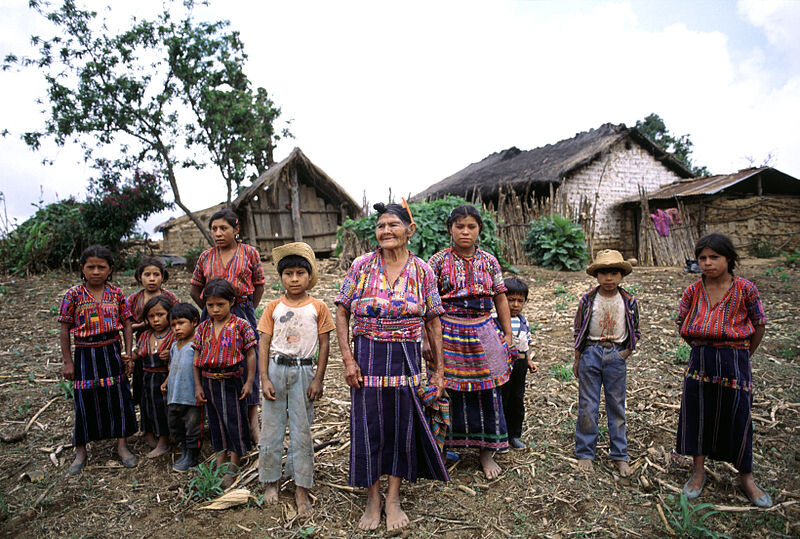
Chhattisgarh & Kerala, India - India's Adivasi, or tribal, communities, representing 8.6% of the nation's population (approximately 104.3 million people according to the 2011 census), form the world's largest Indigenous group. Despite their deep connection to their ancestral lands and forests, they face significant marginalization and discrimination.
Adivasi communities exhibit vast diversity, with a government survey identifying 635 distinct tribes and 447 tribal languages. Chhattisgarh, known as the "rice bowl" of India, has a substantial Adivasi population, constituting about one-third of its over 25 million residents, speaking languages like Gondi, Halbi, and Kurukh.
Historically, Adivasi have been hunters and gatherers, often practicing animism. However, during and after British rule, a minority embraced Christianity. The 2011 census indicates 27.8 million Christians in India, representing 2.3% of the total population, with 10.03 million being tribal Christians, a significant increase from 6.3 million a decade prior. A 2021 Pew Research study revealed that 74% of Indian Christians identify with lower castes, including 33% as scheduled castes (Dalits) and 24% as scheduled tribes (Adivasi).
The Catholic Church, the largest Christian denomination in India (representing 37% of the country's Christians), plays a crucial role in supporting Adivasi communities. However, they face numerous challenges. Government statistics show nearly half of the Adivasi population lives below the poverty line, earning less than $12 a month. The displacement of an estimated 30 million Adivasi from their traditional lands due to development projects has exacerbated poverty.
Furthermore, religious discrimination and violence are significant issues. The United Christian Forum recorded 834 instances of anti-Christian violence in India in 2024, compared to 127 a decade earlier. In Chhattisgarh alone, 165 attacks were documented last year. The growth of Christianity among Adivasi and Dalit communities has sparked backlash from Hindu nationalists, who often equate being Indian with being Hindu, despite the distinct identities of these marginalized groups.
Despite these challenges, the Church continues to provide essential services, including education, healthcare, and community development. In Kerala, where nearly half a million Adivasi reside, the government plays a more prominent role in tribal welfare, but the Church still provides critical educational support.
The Adivasi communities, whether in Chhattisgarh or Kerala, are navigating a complex landscape of poverty, discrimination, and religious tension. Yet, their resilience and the support they receive from religious and social organizations offer a glimmer of hope for a more equitable future.
[Copyright (c) Global Economic Times. All Rights Reserved.]






























